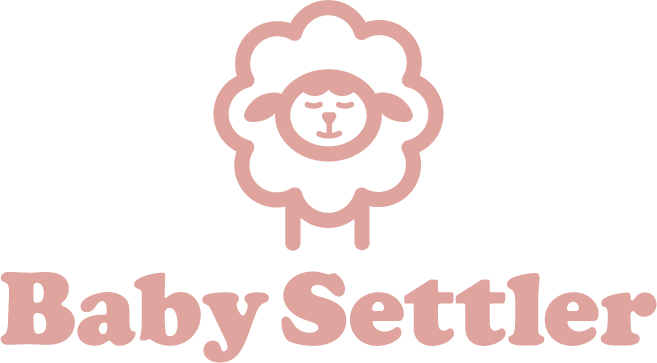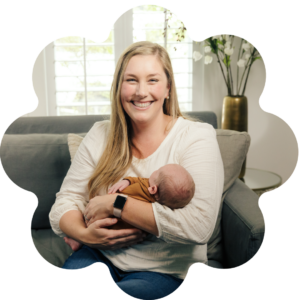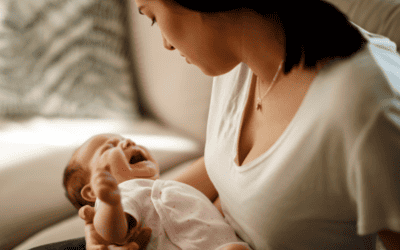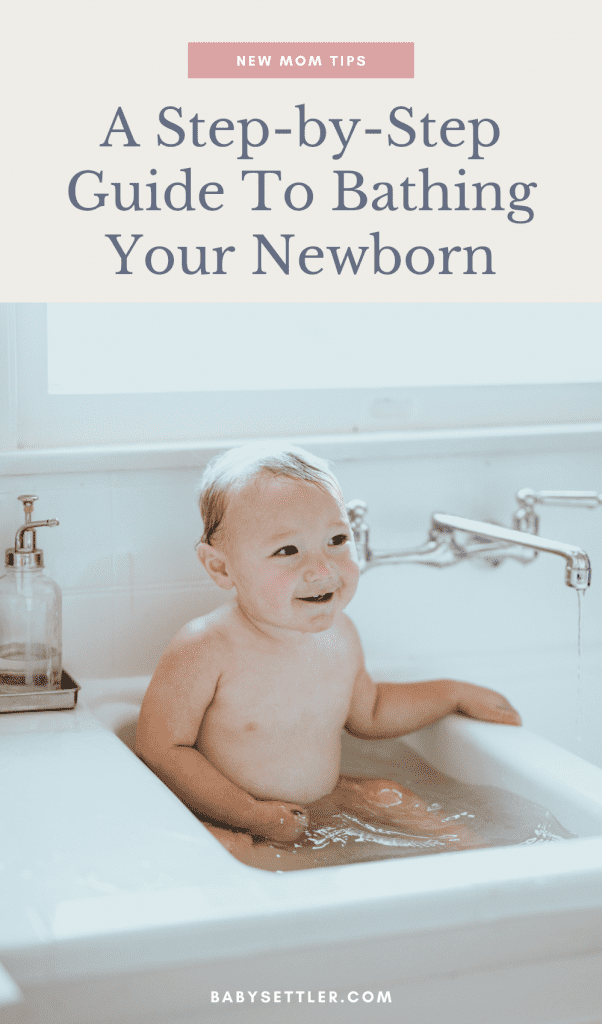
After you come home with your newborn, each new moment is precious, but it can also be terrifying! Newborns are tiny, so you’ll probably be extra careful with everything you do around them, especially if you’re a new mom. One task you might have apprehension about is baby bath time.
To bath your baby may seem like a daunting task. After all, there is a lot to keep track of such as supporting their head, making sure they don’t slip under, and ensuring that they are squeaky clean and have a good experience in the tub.
To help you out and to make sure that bath time is a great experience for you and baby, follow this guide.
Before we get into the steps, it’s important to know that bathing your baby right after birth isn’t recommended.
According to The World Health Organization (WHO) parents should wait 24 hours after birth to bathe their baby, or at least six hours if you can’t wait a complete day for cultural reasons.
The wait is because the substance that’s on a newborn baby’s skin is good for them. “Vernix, a waxy white substance that coats a baby’s skin before birth, acts as a natural moisturizer and may have anti-bacterial properties,” explains Healthychildren.org.
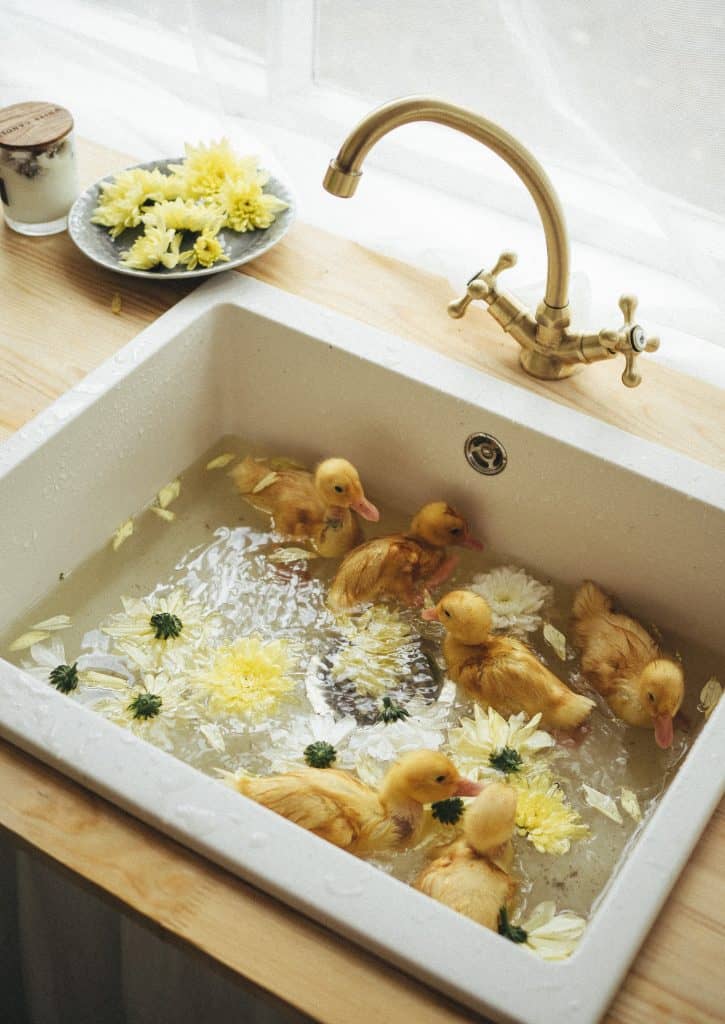
Also, as Children MD points out, it’s better to not interrupt the skin-to-skin contact with the mother after the baby has been born. “Infants who are held skin-to-skin on mom’s chest have better blood sugar and temperature control and have an easier time learning to breastfeed.”
If you’re struggling to breastfeed, or the thought of breastfeeding when your little one arrives is overwhelming, there are ways to make the experience simpler. Click here for my Breastfeeding Made Simple course which was created to help new moms confidently make decisions when it comes to breastfeeding their child.
Sponge Baths
When you bring your newborn home, for the first few weeks until the umbilical cord has healed and fallen off, you’re going to want to give your baby sponge baths. This is because it’s important to keep the umbilical cord area dry to prevent delayed healing.
Step 1: Get All Your Supplies Together
Gather everything you’ll need including a soft towel, clean diaper, gentle soap, a bowl of warm water, cotton balls, and a washcloth. Make sure this is all within grabbing distance so that you don’t have to leave your little one alone.
Step 2: Choose A Comfortable Spot
As this is a sponge bath, you won’t be putting your little one in a tub just yet. Lay a towel down on a bed, undress your baby, and place them on the towel then cover them up with another one so that they don’t get cold.

Step 3: Wash One Section At A Time
Uncover one limb at a time, gently use the washcloth and soap to clean, then pat dry. Healthline advises, “Pay attention to the little creases under their arms, the diaper area, and the spaces between their fingers and toes.”
Step 4: Don’t Forget About The Eyes, Nose And Umbilical Cord
You can clean their little eyes and nose with cotton wool (use a different cotton ball for each eye).
Also, the umbilical cord needs to remain clean and dry while it heals. “If the stump looks dirty or sticky, dab it gently with a wet washcloth (no soap or alcohol necessary — it might irritate tender skin and isn’t necessary for healing) and then pat with a dry cloth,” says What To Expect.
Step 5: Moisturize And Dress
Once your baby is dry, you can rub in some gentle moisturizer if their skin is a bit flakey. Then, add a clean diaper and an outfit, and bath time is done!
You don’t need to sponge bath your newborn everyday – a couple of times a week is sufficient.
Bath Tub Time
After your newborn’s umbilical cord stump has fallen off you can start bathing them in a baby tub. A warm, soothing bath can be an amazing addition to your baby’s bedtime routine!
Step 1: Get Everything Ready
Just like with sponge baths, make sure everything you need is within arm’s reach.
Fill your infant tub with water. Make sure to choose a tub with a contoured design to help prevent your baby from slipping.
Remember, their skin is super sensitive, so make sure the water is around 90 to 100 degrees Fahrenheit.

Step 2: Keep Baby Supported
Gently support the head and neck with one hand or arm while you bath your baby.
Step 3: Pay Special Attention To Rolls
When you clean your little one with a soft wash cloth, remember to clean between their neck, legs, and arms. Dirt and dead skin cells can gather there.
If you’re trying to decide what soap and shampoo to get for your newborn, Parents has put together a list of 11 of the best to choose from.
Are you feeling apprehensive about having your baby? It’s completely normal to not feel 100% ready leading up to the birth. That’s why I created the free mini-course, Prepare For Baby With These 3 Truths. Sign up now to start feeling confident, empowered, and more excited for your baby’s arrival.
